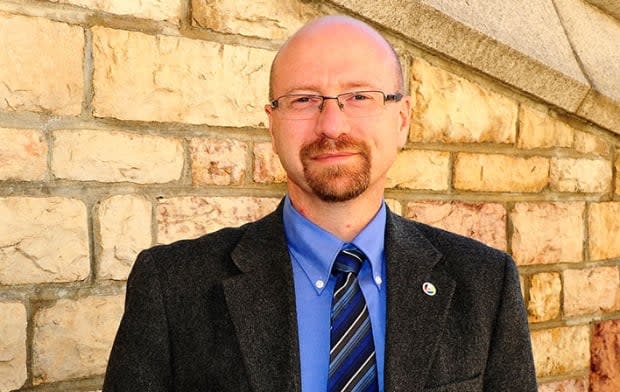Sask. saw more COVID-19 deaths in first 5 months of 2022 than 2021

We're now more than two years into the COVID-19 pandemic, and while it may have faded from the radar for some of the general public in Saskatchewan, it's still impacting those who care for patients.
Dr. Cory Neudorf, an epidemiologist and interim senior medical health officer with the Saskatchewan Health Authority, said the presence of COVID-19 is not the all-consuming issue it was a year ago, but that it is also not something that should be dismissed.
"That's not reasonable at this point," he said.
The proof is in the numbers. During the first five months of this year, COVID-19 has killed more people in Saskatchewan than in the same period last year.
There were 434 deaths from Jan. 1 to June 4 of this year, compared to the 391 people in the same time period in 2021.
Saskatchewan COVID-19 deaths to June 4
Neudorf said the policy choices made by the provincial government, and the decision to lift public health measures when it did, led to the increase in deaths this year.
"By dropping those measures earlier, it was entirely predictable that what we'd see is a maintenance at a high level and a very slow decline," he said. "Which in turn has led to many, many more deaths than what we would have seen otherwise."
'We should have done more': Neudorf
Part of what has made this year so deadly is the arrival of the Omicron variant in Canada.
Experts say that while the variant may have less severe symptoms than the preceding Delta variant, it also spreads faster.
"You can take the a-little-bit-lower proportion of people needing hospitalization or death, but multiply it by the vastly larger number of people actually getting sick, and what it equals is more deaths," Neudorf said.

In mid-January Saskatchewan reported 1,427 new cases in a single day.
The transmissibility of the virus meant that in December and January, health advocates were calling for the province to maintain public health measures, even as the government relaxed public health measures on close contacts and isolation for unvaccinated individuals.
Those calls were in vain. By February, Premier Scott Moe had ended the proof of vaccination policy.
Neudorf said that if Saskatchewan had taken a different approach less people would have died.
"So you do the math on this and you say — just from a perspective of wanting to avoid unnecessary death in all kinds of people — yes, as a society, we should have done more," he said.
Saskatchewan's Ministry of Health did not respond when asked whether its decisions resulted in COVID-19 deaths. Instead, it said that all provinces have seen a higher number of deaths with Omicron "due to the high number of people impacted."
Seasonality and the importance of vaccination
The challenge in Saskatchewan has continued to be the proportion of people getting their COVID-19 vaccines.
While two doses may have been enough to protect against the original COVID-19 virus, Neudorf said that is no longer the case. The virus has changed and become more resistant.
As a result, everyone requires a third dose of the vaccine in order for it to be effective, he said.
"It shouldn't even be considered a booster. It's just part of the the full series of vaccine," Neudorf said.
Even though a booster dose of the vaccine is available to anyone over the age of 12, Saskatchewan's vaccination numbers have stalled.
The portion of the province's population with a booster hit 50 per cent in February. As of June that figure has yet to climb to 53 per cent.
That may prove a challenge as Canada begins to experience COVID-19 as a seasonal issue.
Neudorf said that it may be best to approach COVID-19 in the same way that we approach influenza, even if it's not a perfect comparison.
The flu virus is driven and spread through more time spent indoors in crowded environments. In Canada, that means waves of flu spreading through early winter into late spring — a time Canadians often spend indoors to avoid the cold.
COVID-19 will likely see waves on a similar schedule, Neudorf said.
People are going to be routinely asked to get booster doses to deal with the new strains of both COVID-19 and the flu, Neudorf said. He believes more education is needed for those who remain hesitant about getting vaccinated.
The provincial Ministry of Health said vaccination remain the best protection against severe outcomes from COVID-19, and that if it has been four months since an individual's second dose that it "strongly recommends" they get a booster.
Neudorf said the more people that are immunized, the less impact COVID-19 will have on the health-care system.
"In the fall, if people haven't had that booster, they're going to be more likely to get sick than if they had the booster," he said.

